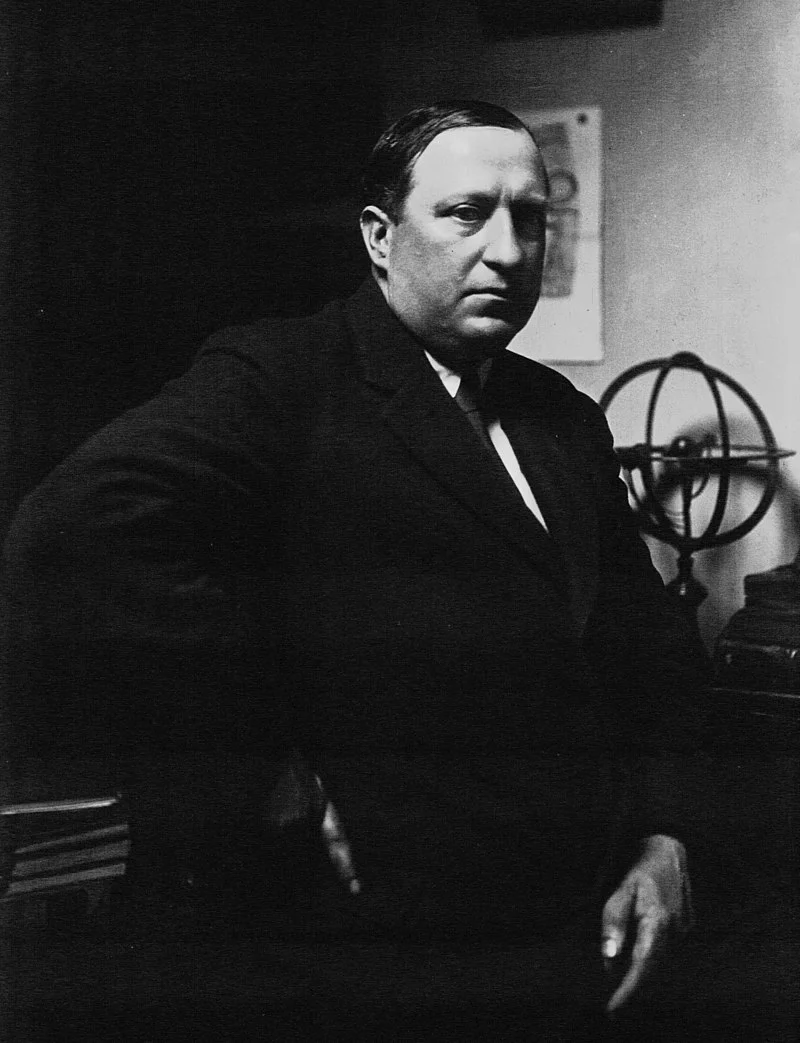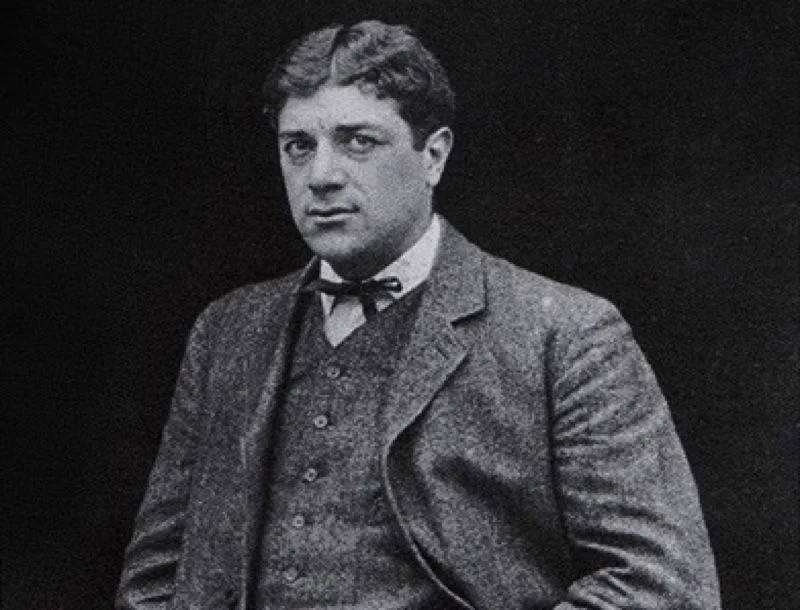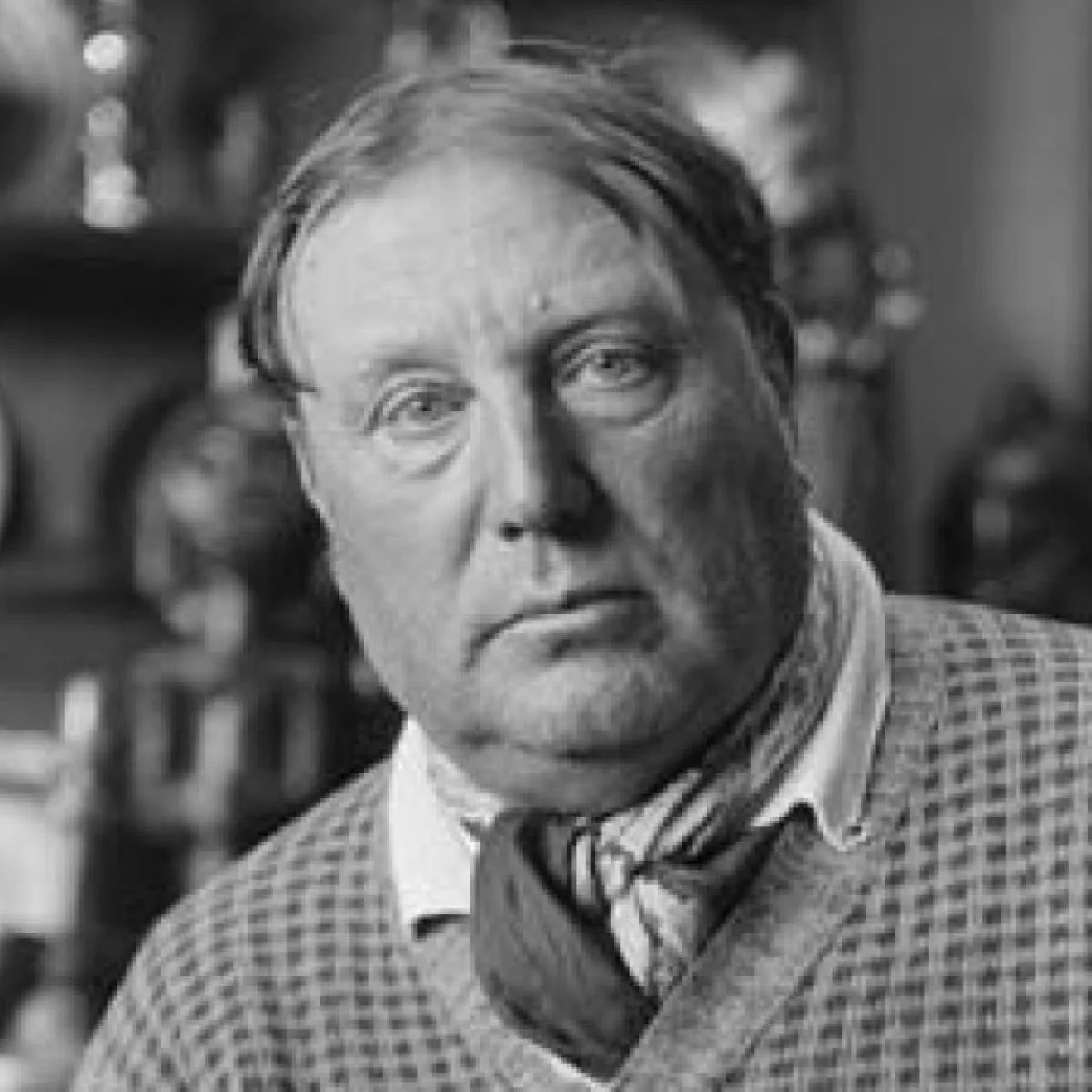A fascinating art movement referred to as Fauvism started in the early 20th century. It was a new interpretation of the works of the Impressionist artists and Post-Impressionist artists which let go of the representative ideas of Realism artists.
Fauvism developed as the first Avant-Garde movement of the 20th century and is defined by the use of intense and vivid colors, put together with extravagant brushwork which resulted in a simplistic depiction of the subject matter.
The movement started around the turn of the century in 1900 and was initiated by a group of painters referring to themselves as “Les Fauves,” or the “Wild Beasts.” This is how the style got its name as well.
The movement had its peak between 1905 and 1908 which is when it had its 3 major exhibitions. The movement continued well beyond this period and has been responsible for many revolutionary developments in the visual arts and produced some of the most colorful paintings.
So who were the most famous Fauvism Artists? Let’s take a closer look!
1. Henri Matisse
Henri Matisse (1869-1954) was a French painter and one of the leading figures of the Fauvism art movement. He developed a unique method to use colors to make paintings come to life and is considered to be one of the most influential artists of the early 20th century, together with the likes of Pablo Picasso.
Even though he’s most famously known as a painter, he was a very versatile artist who is considered to be an excellent draughtsman, printmaker, and sculptor as well. He developed the style using vibrant and intense colors in the first 5 years of the 20th century and went on to paint his ultimate masterpieces in the decades beyond, making him one of the leading artists of the 20th century.

2. André Derain
André Derain (1880-1954) is considered to be the second-most influential artist of Les Fauves, the group he formed together with Matisse in the early 20th century. It was in the year 1905 that they collaborated in the small Mediterranean village of Collioure. This resulted in the first Fauvism exhibition at the Salon d’Automne in 1905, which is the reason why they are considered to be the leaders of the movement.
Some of his most famous works were created in the year 1906 when an art dealer sent him to London to paint the city. He came back with 30 paintings, of which 29 still exist, that depicted the city with vibrant colors and a unique perspective. One art critic mentioned that “nobody had ever made London seem so fresh while remaining quintessentially English,” a reference to the bold colors used by Derain.

3. Raoul Dufy

Raoul Dufy (1877-1953) was the brother of Jean Dufy, a famous French painter who depicted various scenes of life in Paris. Raoul created a very distinctive colorful style that wasn’t just used in his paintings but also in various other designs, including ceramics and textiles.
His work was also used for the decoration of public buildings and apart from being a painter, he was also a great draftsman, printmaker, book illustrator, scenic designer, designer of furniture, and planner of public spaces. This makes him one of the most versatile artists of Fauvism!

4. Georges Braque
Georges Braque (1882-1963) was another extremely versatile artist who was one of the most famous Fauvism Artists. Apart from creating multiple famous paintings in the first two decades of the 20th century, he was also a collagist, draughtsman, printmaker, and sculptor.
One of the most interesting facts about Georges Braque is that he worked closely together with Pablo Picasso between 1908 and 1912, a period in which both artists developed another art movement called Cubism. When looking at the works of both artists, they look amazingly similar, even though Picasso went on to become one of the biggest names in art history.

5. Kees van Dongen
Kees van Dongen (1877-1967) was a Dutch painter who was born in Rotterdam but who ended up becoming one of the leading Fauvism Artist between 1905 and 1910. These are also the years in which he created his most famous works, especially since some of his work was featured in the first Fauvism exhibition.
This event emboldened van Dongen even further and his radical use of colors became more and more extreme as his long career progressed, eventually culminating into a rough pointillist style. His most famous subject matters were women and the nightlife, including dancers, singers, and theater.

6. Maurice de Vlaminck
Maurice de Vlaminck (1876-1958) is another French artist who is considered to be one of the leading figures and most famous Fauvism Artists. He was one of the artists who was included in the first exhibition of Fauvism artists at the Salon d’Automne in 1905.
His main artistic inspiration was Vincent van Gogh, the famous Dutch Post-Impressionist painter. He even claimed that he loved van Gogh more than his own father after visiting an exhibition with some of Vincent’s masterpieces. Vincent’s influence is clearly visible in de Vlaminck’s paintings, even later on in his career, Cézanne became a bigger influence on his work.

